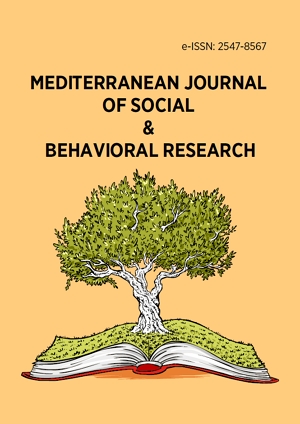Abstract
Jolly Phonics is a multisensory approachdesigned to teach children how to read, write and spell using a systematic multisensory phonics program. It uses synthetic phonics method. In this programme children learn the letter sounds first and then move on to blending [putting together] the sounds in order to read words. Jolly Phonics was developed for children from junior kindergarten to grade 2. It can be used for children who have reading/ writing difficulties. The researchers have noticed, while working as supervisors in Cycle One Omani schools, that grade threestudents have certain weaknesses in reading. They realized that some students could not even read simple words though they have spent 2 years and a halfstudying English.In order to investigate this problem, six low achievers students from grade 3 were selected; they were males and females and their age is between 8-9 years old. A certain scheme was designed; it included teaching one lesson a week for 4 months using Jolly Phonics programme. The teacher was provided by the Jolly Phonics materials to help her teaching the lessons effectively. The programme included learning the letter sounds, learning the letter formation, blending, identifying sounds in words and spelling the tricky words. A certain exam has been given to the students before and after the programme. The results show that there is a noticeable improvement in the students' academic achievement comparing with their previous level. The presentation will be interactive, researcher and audience together will explore to what extent this programme has certain effectiveness on students’ performance. Findings will be set beside those from previous studies, implications for the Omani classroom will be discussed, and recommendations made for future research. Excerpts from students reading and writing will be shared with the audience.
License
This is an open access article distributed under the Creative Commons Attribution License which permits unrestricted use, distribution, and reproduction in any medium, provided the original work is properly cited.
Article Type: Research Article
MEDITERR J SOC BEH RES, Volume 3, Issue 1, February 2019, 3-7
https://doi.org/10.30935/mjosbr/9587
Publication date: 01 Apr 2019
Article Views: 2690
Article Downloads: 1720
Open Access References How to cite this article
 Full Text (PDF)
Full Text (PDF)